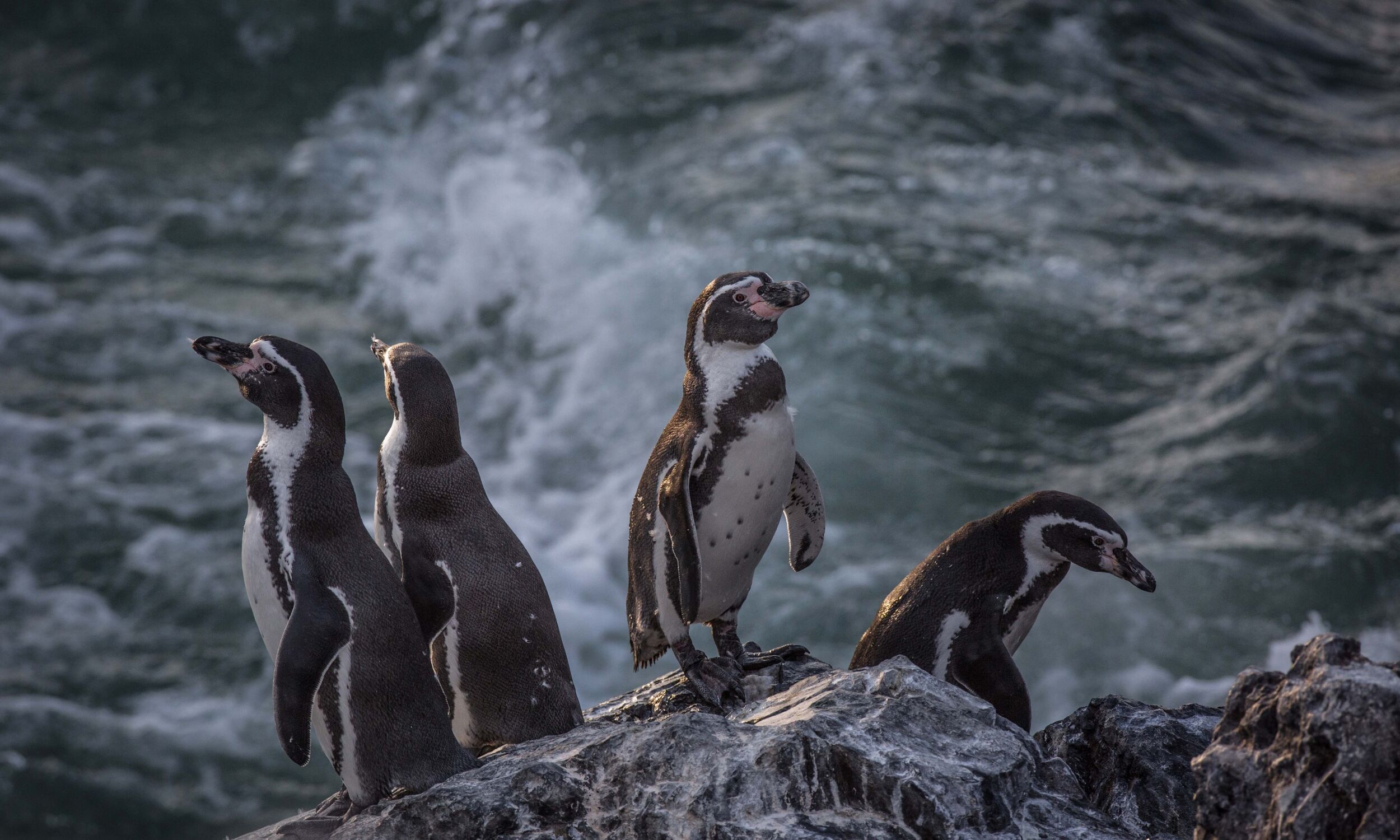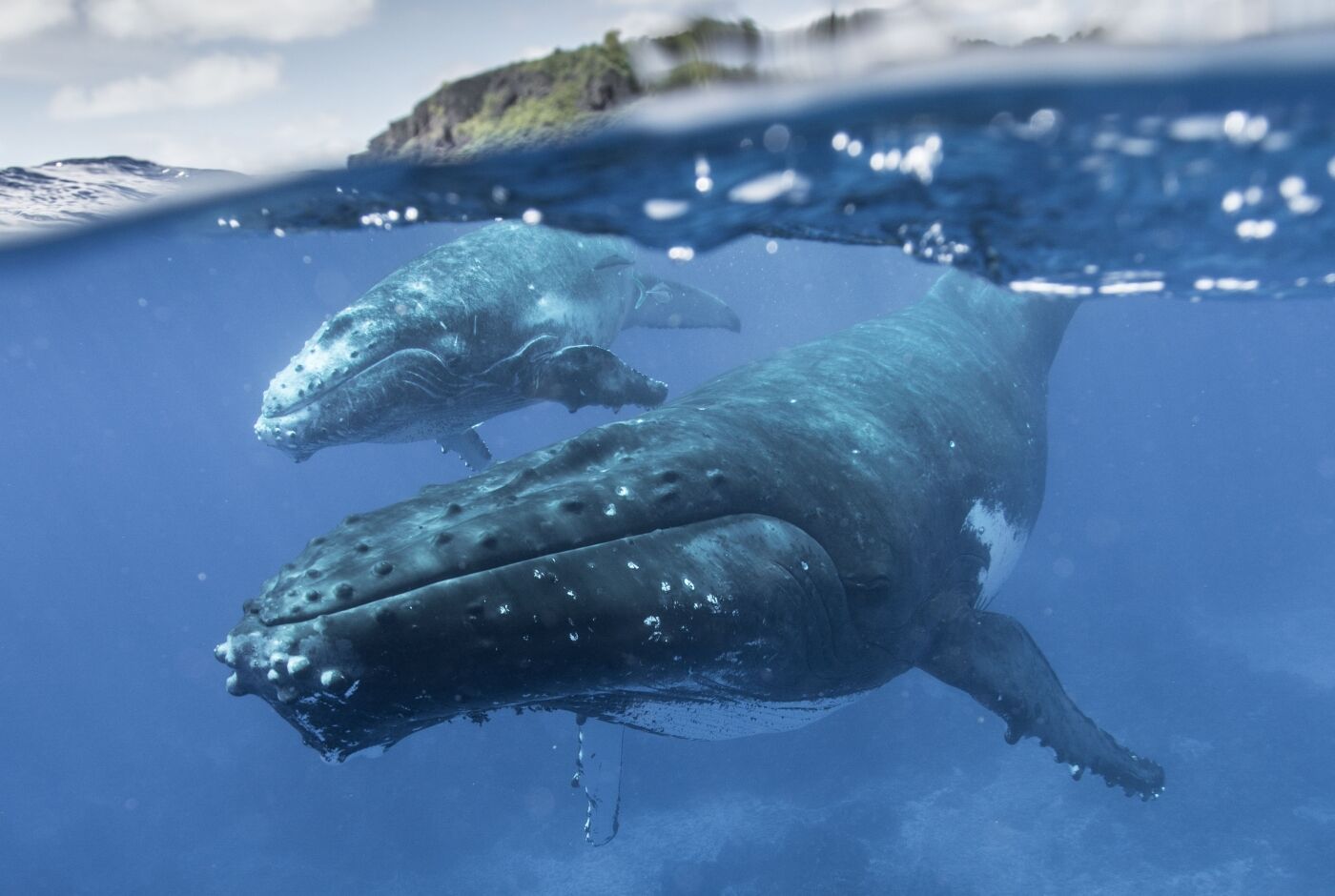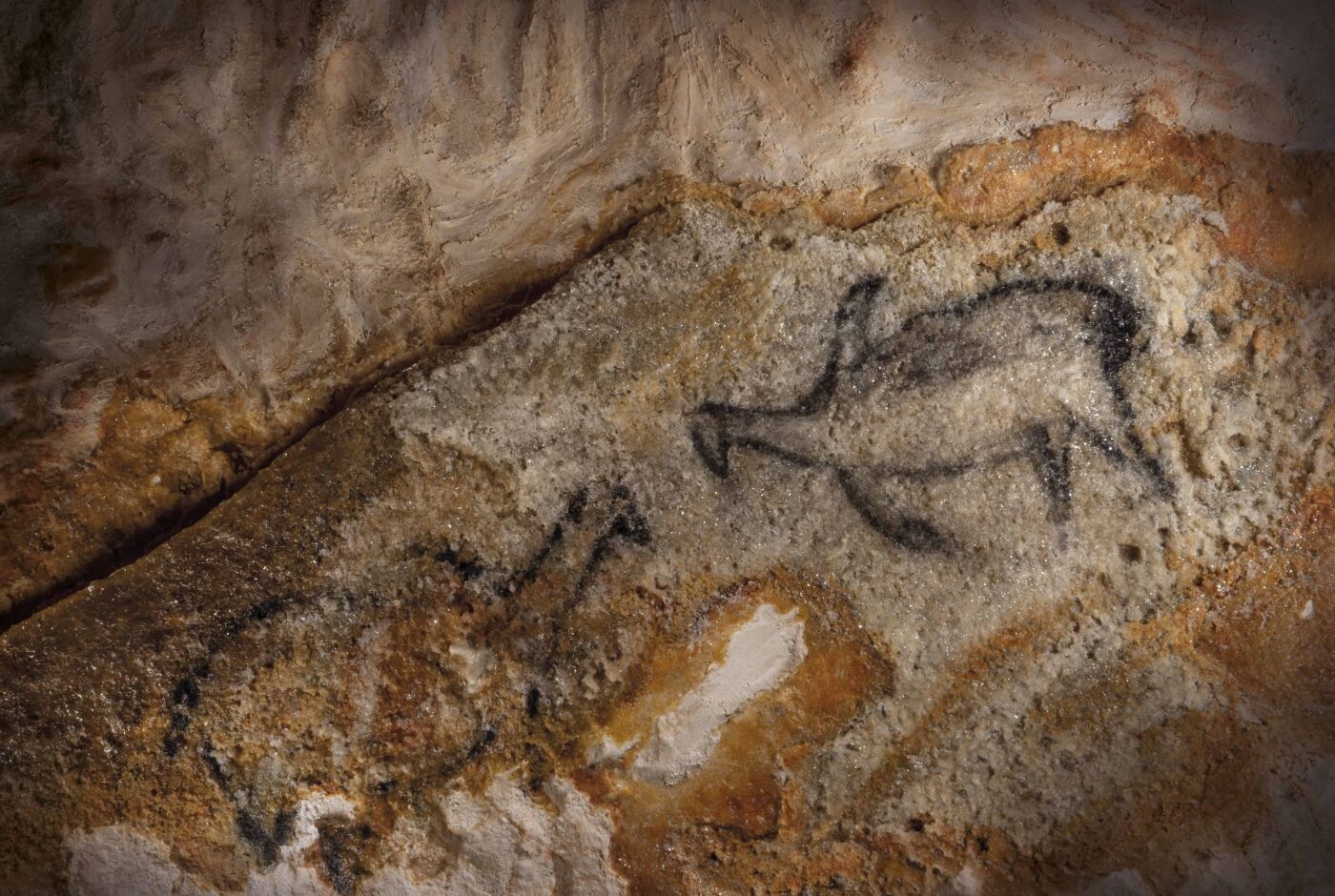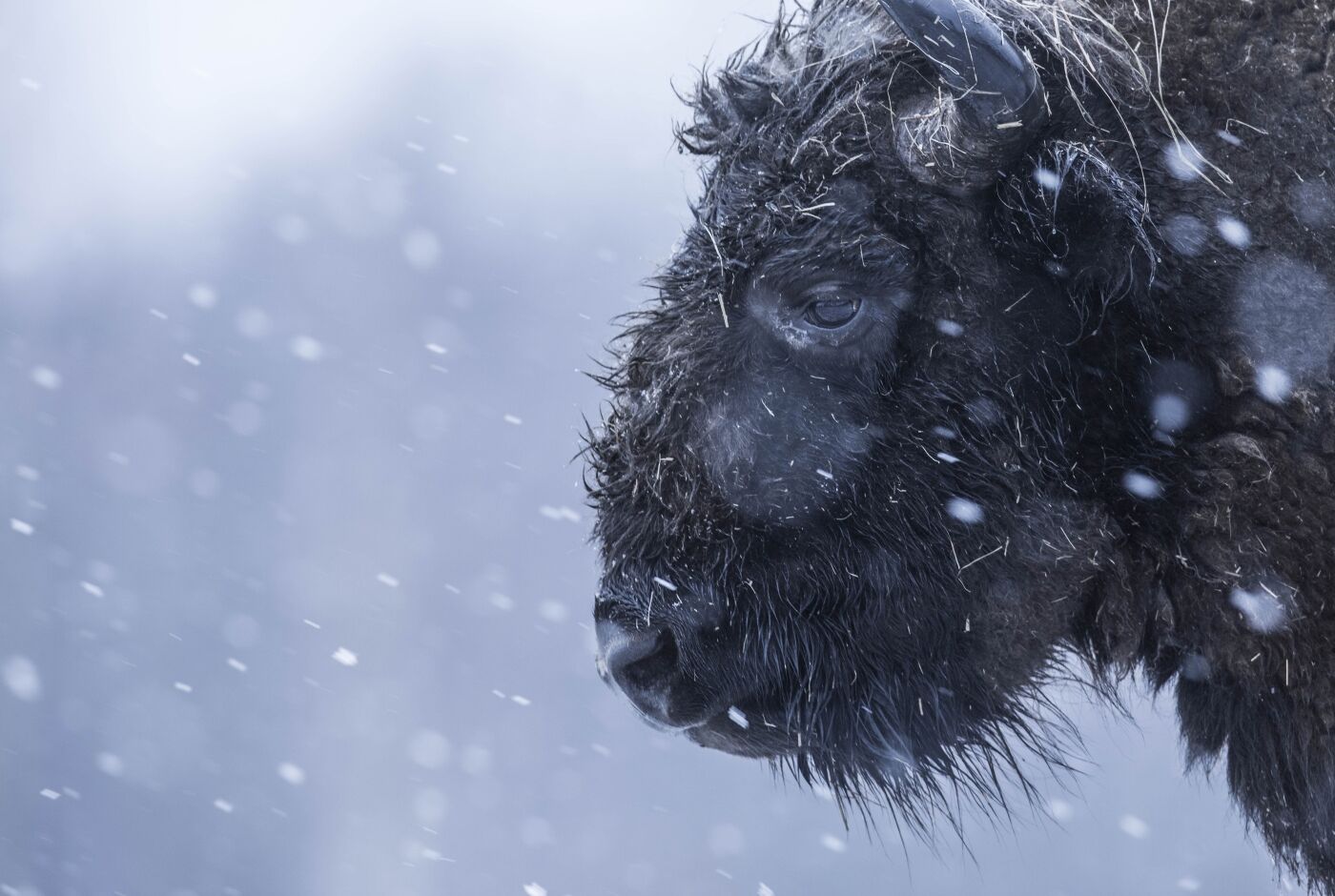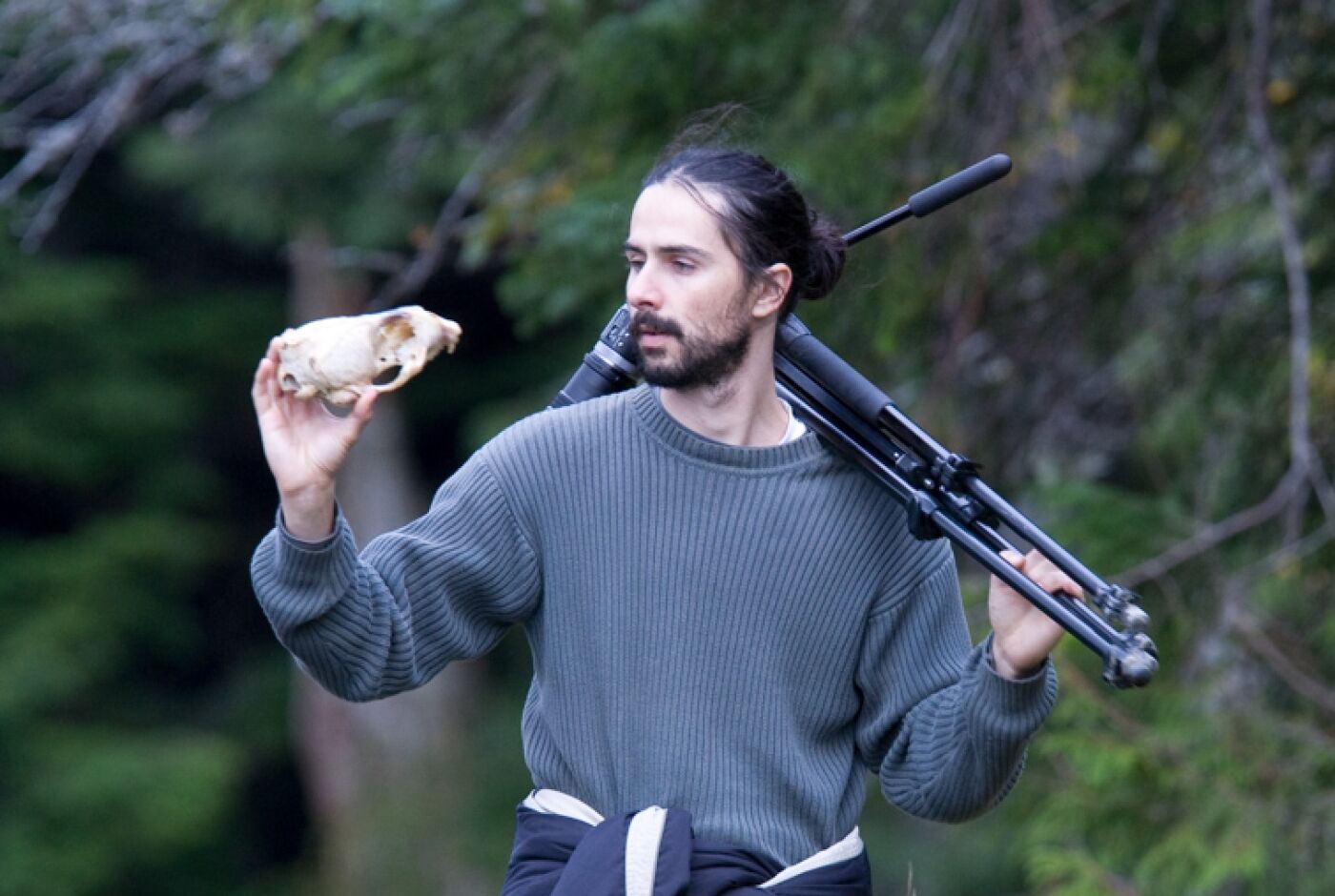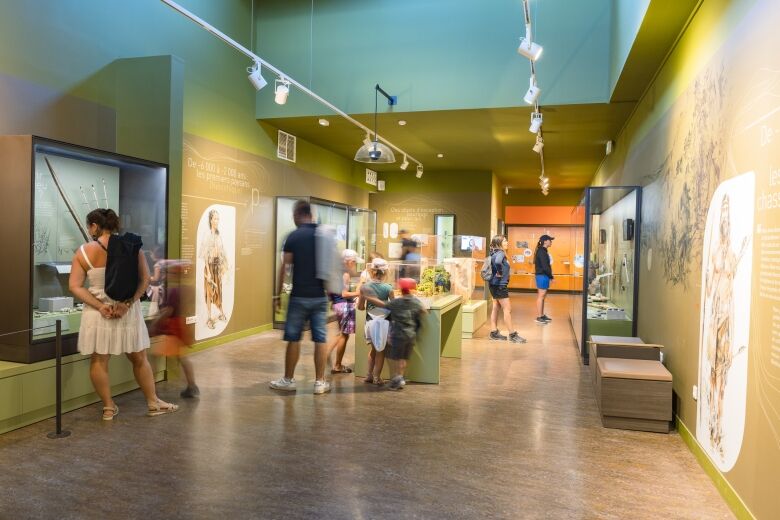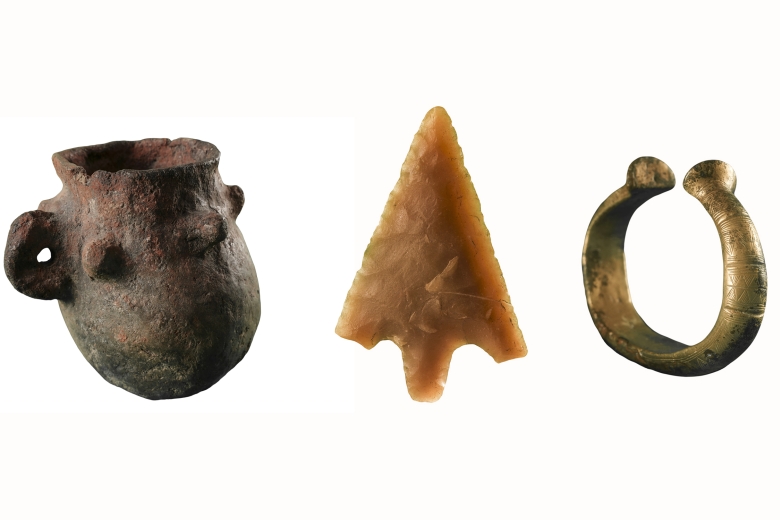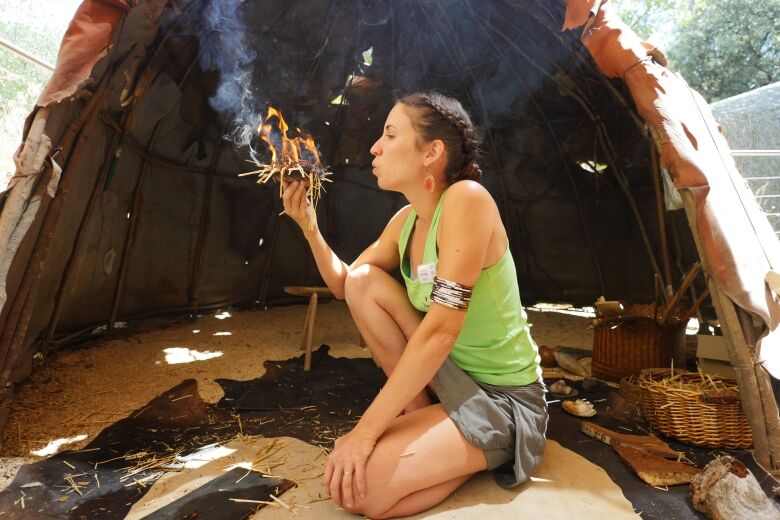Approaching the animal
Depicting an animal requires a long and patient approach that engenders a proximity that could almost be qualified as a connivance with the subject. Quite contrary to the 19th century naturalist tradition of still life painting or animal species collections pinned under glass, the aim of a contemporary wildlife photographer is to seize the animal in all its vitality and personality.
Paleolithic animal depictions seem to be part of the same process and perception. They are surprisingly realistic and allow us to share, albeit fleetingly, the perspective of these men and women who were able to establish these moments of proximity with other species.
Beautiful beasts! proposes a glimpse into this universe via an exhibition that is both educational and immersive.
